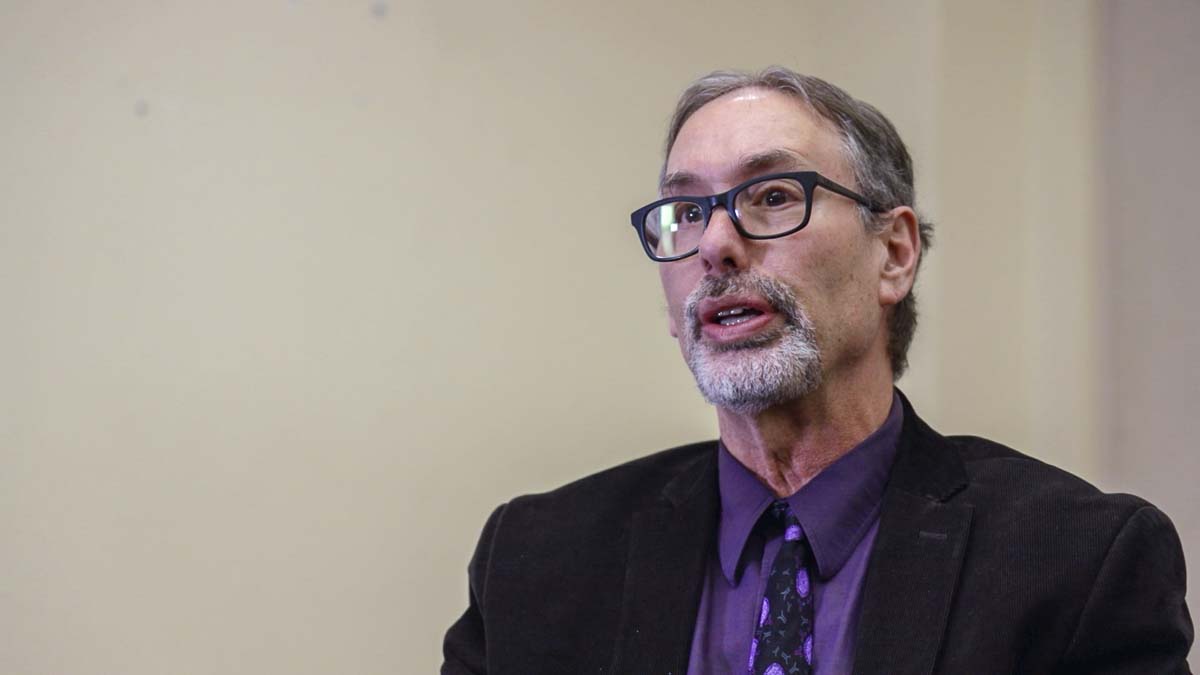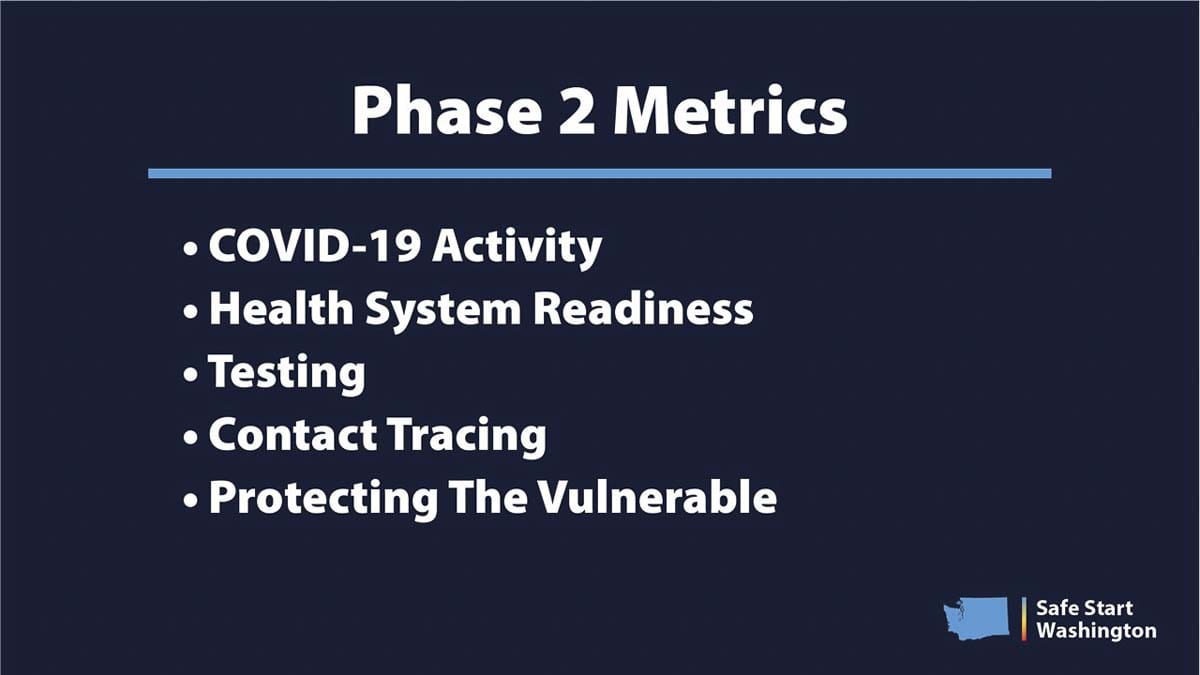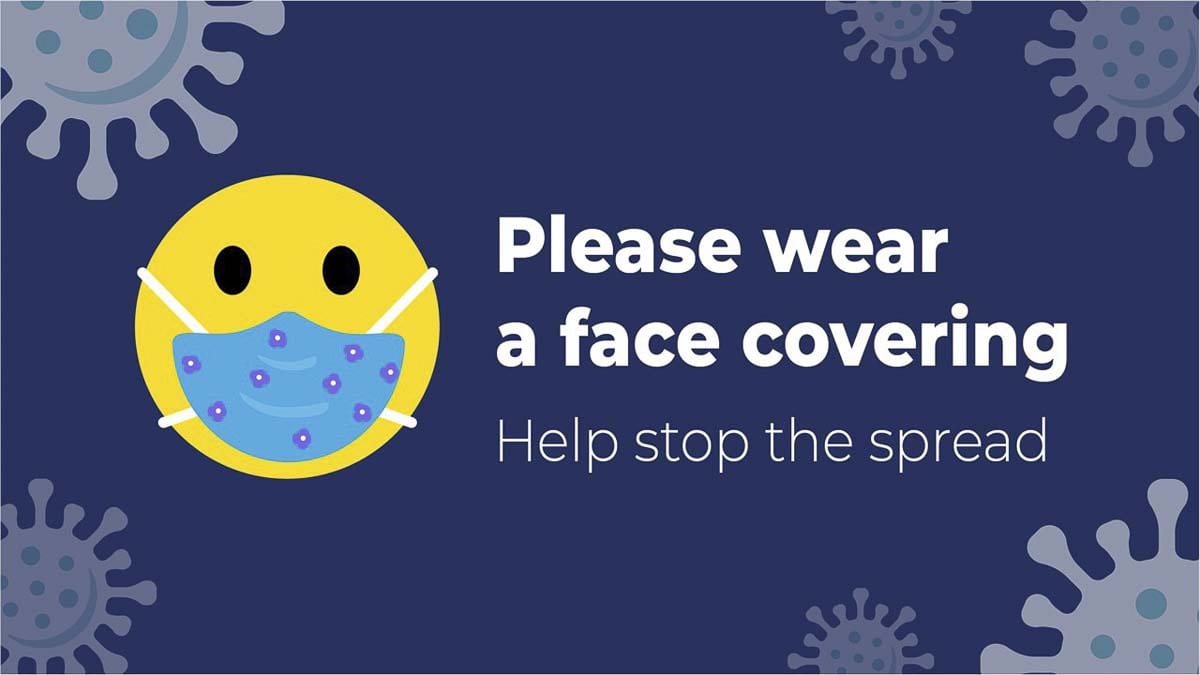The changes could bode well for Clark County’s move to Phase 2 as early as next week
CLARK COUNTY — The timeline for Clark County’s move to Phase 2 of the Safe Start reopening plan could be determined early next week.
Washington Secretary of Health John Wiesman has scheduled a conversation with Clark County Public Health Officer Dr. Alan Melnick for Monday evening.

On Friday, Melnick sent an email containing responses to a list of questions Wiesman had about the county’s response to the COVID-19 outbreak at Firestone Pacific Foods fruit packing facility on Fruit Valley Road in Vancouver.
The plant has been closed since May 19, three days after an employee tested positive for COVID-19.
Melnick wrote that the employee was interviewed by phone on May 18, due to a lack of staffing during the weekend. The public health department has since ramped up staffing on weekends in order to more quickly respond to confirmed cases.
On Friday, Gov. Jay Inslee announced the state would be transitioning from the Stay Home, Stay Healthy order, to a full Safe Start reopening plan. The requirements for counties to move to Phase 2 or 3 of that reopening plan have also changed, increasing Clark County’s chances of approval.
The new guidelines have loosened the requirement when it comes to the maximum number of COVID-19 cases a county can have. Previously it was no more than 10 per 100,000 residents in the past 14 days. Under the new guidelines, that changes to 25 per 100,000 residents in the past two weeks.
The COVID-19 activity metric should show new cases as flat or declining, with a transmission rate of one or lower (the number of people a confirmed case has infected).
Counties must also show they have sufficient hospital surge capacity, contact tracing and case investigation capabilities, sufficient testing, and a plan to protect vulnerable populations.
In his letter, Melnick notes that, since May 16, Clark County has had just 21 confirmed cases of COVID-19 not connected to the Firestone outbreak, which would be well below the metric set by the state. Administrators from PeaceHealth Southwest and Legacy Salmon Creek have also sent letters to the state attesting that they have sufficient space for any potential surge in cases, as well as a two week supply of personal protective equipment.

The county has teamed up with The Vancouver Clinic to create a “strike team,” which can set up on-site testing where cases have been detected. Even before the Firestone outbreak, that team had performed 969 tests for 880 people, including several adult care homes with confirmed cases, as well as symptomatic first responders.
According to the letter sent by Melnick, the county had contacted 53 of the employee cases at Firestone within 24 hours, or nearly 76 percent. For close contacts, the rate was lower, with 37.6 percent of those 274 people contacted within 24 hours.
Melnick noted the county has contracted with The Public Health Institute to bring in their trained case investigators, and hopes to have teams available early next week, which should significantly improve their ability to more quickly react to outbreaks.
Another element of the Firestone case noted by Melnick was a language barrier with many of the employees and their close contacts. Despite that obstacle, Melnick said, “I believe our response was still timely and effective.”
Should Wiesman determine Clark County isn’t ready to move fully into Phase 2, he could still allow some activities to resume. The governor’s adjusted Safe Start plan allows Wiesman to select which elements of Phase 2 a county can move into. It also allows counties to request a modified Phase 2 reopening, though Clark County has applied for a full move to Phase 2.
“The same option is available for counties in Phase 2 that may not be fully ready for Phase 3, allowing for increased economic activity but sustained health and safety protections,” the governor said in a press release on Friday. “Conversely, counties may identify when they need to return to an earlier phase, and the secretary has the authority to return a county to an earlier phase if the county chooses not to do so on its own and the secretary has identified a need to do so.”
Counties currently in Phase 2 would be permitted to apply for a Phase 3 variance as early as June 3. That would be based on a minimum of three weeks since the county was approved to move into Phase 2.
The current Safe Start phased reopening order is currently set to expire on July 1
Facial coverings
The governor’s amended Safe Start plan also implements stricter rules for wearing face masks.

Starting June 8, businesses must require all employees who interact with each other or the public to wear face coverings while on the job, and provide at least cloth face masks, “unless their exposure dictates a higher level of protection under the Department of Labor and Industries’ safety and health rules and guidance.”
Employers are also required to post signage strongly encouraging customers to wear facial coverings.
“Wearing a mask is strongly encouraged in most circumstances to protect the health of our communities,” Inslee said. “As we start to increase in travel, recreation, and economic activity, it is critical that we remain diligent in order to avoid a sharp increase in exposure. We will continue to closely monitor disease data to determine whether additional steps are needed to protect public health.”




